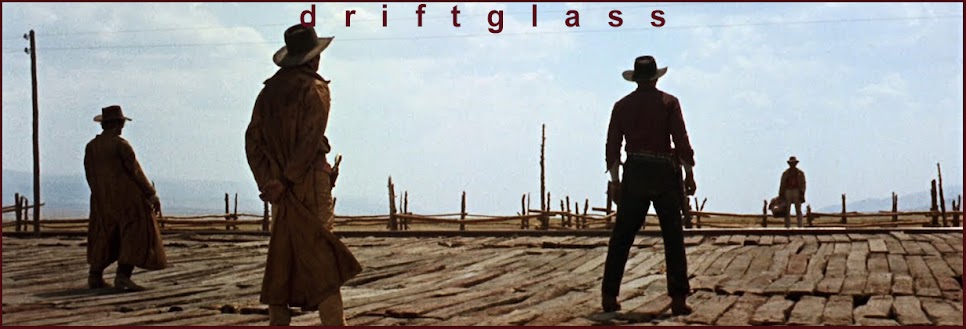From the Harvard Business Review:
What Manufacturing Taught Me About Knowledge WorkAnd from the comments:
by Jordan Cohen
8:00 AM February 4, 2013
Comments (10)
Growing up in the 1970s, I often found myself in my father's factory, which manufactured women's clothing. Spending time in the factory was not only a way to be close to my dad, but also great entertainment in an era of only 5 TV channels and no cell phones or personal computers. (Later, my first job was sweeping the factory floors). The factory was like my personal playground — the stacks of pallets were mountains, the floor-to-ceiling dress racks a jungle gym, the colorful stacks of fabric a 50-layer cake. Enthralled by my surroundings, I would run around the factory floor and talk to the operators at each machine. They took pride in showing me what they did — they were paying it forward.The technology employed in the seventies was a top-of-the-line sewing machine or a battery-powered forklift. There was little computerization, automation or even reporting compared to today's manufacturing environment. Yet my dad needed to be able to see if production was on schedule or not. He also had to be able to quickly identify bottlenecks to determine if he needed to intervene in order to complete a run or meet a delivery deadline. Rather than sitting in an office, my father put a desk in the middle of his rectangular shaped factory floor. He built a small platform that raised his desk 3 feet above the floor. This enabled him to see the entire factory at one glace. It also allowed the employees to quickly locate the boss if they needed help. It made each employee and their respective work visible to each other. My father knew every job, task and process.He set up a system that was the same for each station or job. Items that needed to be worked on were piled onto a cart just to the right of the operator; completed items were piled up just to the left. As fast as it took dad to lift his head, he could tell if the sewers were on schedule (were the piles on the right high or low?) or if a particular operator needed help (was the pile on the right of one operator always higher than the rest?). He knew when the pressers were about to be idle because not enough dresses had been completed (was the pile on the right low and about to run out?). He knew if the buttonhole operator needed more training on that new machine, or if the shipping truck was late. The visibility was critical to the productivity of the factory.... A productive working environment requires the inputs and outputs (right cart and left cart) to be visible.That m[e]ans knowing what the input is....
[Jordan is] not advocating a tightly-managed command-and-control environment that de-emphasizes the employee's skill and autonomy in problem solving: It's more about understanding the flow of work and how to act as an enabler or servant-leader so they can meet objectives freely. It's the essence of an empowered, self-organizing/cross-functional team.



4 comments:
That's some uncommonly beautiful and relevant prose. Thanks for running it.
I worked at the Des Moines Firestone tire plant in the '70s, and it was remarkably efficient. But I hired on right after significant labor gains and plant administration adopted an incredibly hostile view of labor and stopped accepting worker input.
Oh, they still did a suggestions box and once in a while accepted a suggestion, but mostly they told us to shut up, fuck off and get back to work.
From '71 to '82 the plant began to drive up its costs due to management errors. New equipment was installed in places where the workers would never get up to speed. Piecework rates were cut until corners got cut and rejected tires became common (remember the Firestone 500 recall?).
We went on a long national strike followed by a brutal local strike. No one had any respect for anyone. Management said we were overpaid, we thought management routinely held us back from being more productive.
That plant has been sold and resold and sold again. Tire making is now highly automated so smaller, scab shops can get the work done, but the original process was remarkably labor intensive and require incredible skill and knowledge at each step of the manufacturing process. Firestone developed a world-class work force, then pissed all over them and got mad when the workers fought back.
I'm sure there have been bad, Mob-tainted unions. But mostly unions are groups of men and women who take pride in their work, even when their owners don't take pride in them.
When management respects its workers, you don't even need a union. Unions are born from abuse, and right now every working American should be in a union.
My understanding about the Mob-Union connection was that J.Edgar was so busy driving the socialists out of the unions that he left an opening for organized crime to move in.
C'mon. This is surely something from the Onion. I can't imagine that the nation's premier journal of business management could possibly print such a fatuous piece of crap! Or, do these people really think this way?
Post a Comment